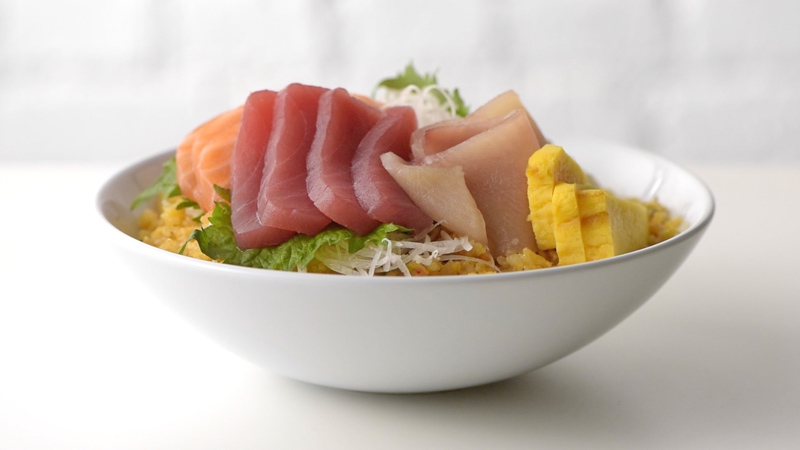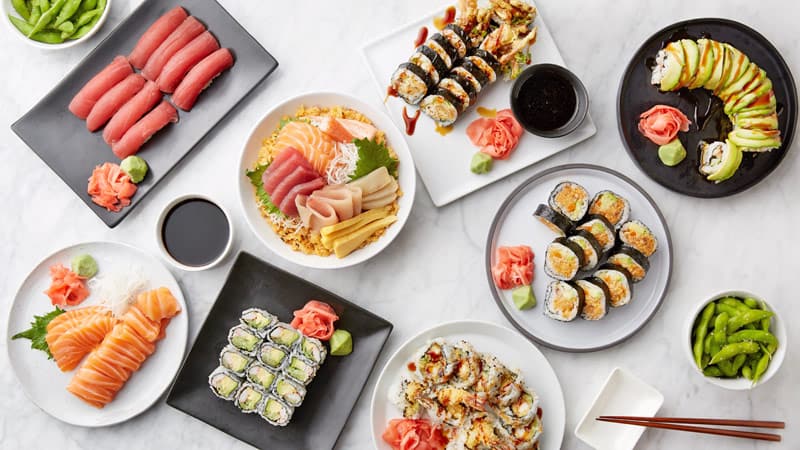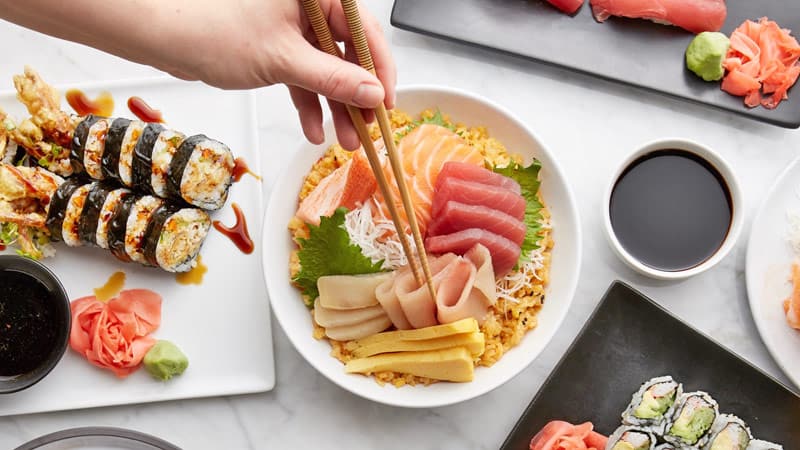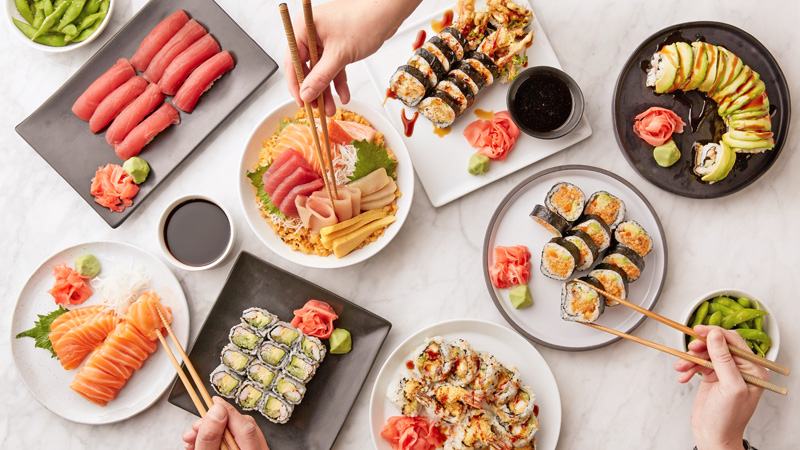(function() {
document.addEventListener('DOMContentLoaded', function() {
var componentMetadata = JSON.parse('\x7b\x22componentName\x22\x3a\x22ActionToolbar_d4f0b4cc-dd76-4537-857b-56997525ceb8\x22,\x22deferOptions\x22\x3a\x7b\x22deferComponent\x22\x3atrue,\x22deferType\x22\x3a\x22OnDemand\x22,\x22deferId\x22\x3a\x22r1039c9a0139e4285864475fc5813af4f\x22,\x22deferredContainerId\x22\x3a\x22\x2ffloatingActionToolbar\x2ffloatingActionToolbar_Interop\x22,\x22deferredContainerView\x22\x3a\x22InteropDeferWrapper\x22\x7d,\x22viewName\x22\x3a\x22ActionToolbar\x22\x7d');
var configuration = {"contentId":"66b6e87a-7b13-43de-8452-d74912e06d69","toolbarSettings":{"id":"d4f0b4cc-dd76-4537-857b-56997525ceb8","regAction":"FAVORITE","eSourceCode":16797,"namePassedToEvents":"ArticleStandardLongFormToolbar","buttons":[{"providerName":"pinterest","providerNamePassedToEvents":"Pinterest","shareUrlFormat":"//pinterest.com/pin/create/link/?url={0}","id":"76def9a1-42e6-4e8d-b963-2bb41556cef1","allowedForAnonymousUsers":true,"type":"Social","displayName":"Pinterest","toggleDisplayName":"","namePassedToEvents":"Pinterest","cssClassName":"atButtonPinterest","privacyOptOutMessage":"\u003cdiv class=\u0027privacyMessage\u0027\u003e\n\u003ch3\u003eThis feature is not available with your current cookie settings.\u003c/h3\u003e\n\u003cp\u003eYou can \u003ca href=\u0027#\u0027 data-show-preference-center=\u00271\u0027\u003eupdate your privacy settings\u003c/a\u003e to enable this content. Please enable “Functional Cookies” to use this feature.\u003c/p\u003e\n\u003c/div\u003e","showPrivacyOptOutMessage":false},{"addFavoriteErrorMessage":"Sorry, something went wrong. Please save again.","removeFavoriteErrorMessage":"Error occurred while removing from favorites","regAction":"FAVORITE","eSourceCode":16797,"isCurrentUserAnonymous":false,"isFavoriteItem":false,"id":"718b4e01-b2be-40cf-8f0c-bca3b01db0ed","allowedForAnonymousUsers":false,"type":"Favorite","displayName":"Save","toggleDisplayName":"Saved","namePassedToEvents":"Favorite","cssClassName":"atButtonFavorite","privacyOptOutMessage":"\u003cdiv class=\u0027privacyMessage\u0027\u003e\n\u003ch3\u003eThis feature is not available with your current cookie settings.\u003c/h3\u003e\n\u003cp\u003eYou can \u003ca href=\u0027#\u0027 data-show-preference-center=\u00271\u0027\u003eupdate your privacy settings\u003c/a\u003e to enable this content. Please enable “Functional Cookies” to use this feature.\u003c/p\u003e\n\u003c/div\u003e","showPrivacyOptOutMessage":false},{"providerName":"facebook","providerNamePassedToEvents":"Facebook","shareUrlFormat":"//facebook.com/sharer/sharer.php?u={0}","id":"efdb520e-282a-4ae1-8a04-1d444442d622","allowedForAnonymousUsers":true,"type":"Social","displayName":"Facebook","toggleDisplayName":"","namePassedToEvents":"Facebook","cssClassName":"atButtonFacebook","privacyOptOutMessage":"\u003cdiv class=\u0027privacyMessage\u0027\u003e\n\u003ch3\u003eThis feature is not available with your current cookie settings.\u003c/h3\u003e\n\u003cp\u003eYou can \u003ca href=\u0027#\u0027 data-show-preference-center=\u00271\u0027\u003eupdate your privacy settings\u003c/a\u003e to enable this content. Please enable “Functional Cookies” to use this feature.\u003c/p\u003e\n\u003c/div\u003e","showPrivacyOptOutMessage":false},{"templateId":"ec5776a6-84cf-4f91-ba79-ace5d6ae2fa2","dialogHeading":"Email Article","emailCode":"TBSP_ContentEmail","dialogSettings":{"cancelButtonText":"Cancel","copyToSenderLabel":"Send a Copy to Myself","emailAddressesLabel":"* Email Address(es)","emailInstructionText":"Separate email addresses with commas","fromText":"From:","privacyPolicyText":"\u003cp\u003e\u0026copy;2025 General Mills, Inc. All Rights Reserved. This information will only be used to send an email to your friend(s) and will not be saved. Please read our \u003ca rel=\u0022noopener noreferrer\u0022 rel=\u0022noopener noreferrer\u0022 href=\u0022http://www.generalmills.com/company/privacy-policies/privacy-policy-us\u0022 target=\u0022_blank\u0022 shape=\u0022rect\u0022\u003ePrivacy Policy\u003c/a\u003e.\u003c/p\u003e","requiredFieldText":"* Required","sendButtonText":"Send","senderEmailAddressLabel":"* Your Email Address","senderFirstNameLabel":"* Your First Name","sendToText":"Send To:"},"id":"1b476610-b2bd-4a56-ba87-47a4798f6dcb","allowedForAnonymousUsers":true,"type":"Email","displayName":"Email","toggleDisplayName":"","namePassedToEvents":"Email","cssClassName":"atButtonEmail","privacyOptOutMessage":"\u003cdiv class=\u0027privacyMessage\u0027\u003e\n\u003ch3\u003eThis feature is not available with your current cookie settings.\u003c/h3\u003e\n\u003cp\u003eYou can \u003ca href=\u0027#\u0027 data-show-preference-center=\u00271\u0027\u003eupdate your privacy settings\u003c/a\u003e to enable this content. Please enable “Functional Cookies” to use this feature.\u003c/p\u003e\n\u003c/div\u003e","showPrivacyOptOutMessage":false},{"layoutParameter":"p%3d1","id":"ab4bf4fc-919a-4252-81ca-c39edb8eadf0","allowedForAnonymousUsers":true,"type":"Print","displayName":"Print","toggleDisplayName":"","namePassedToEvents":"Print","cssClassName":"atButtonPrint","privacyOptOutMessage":"\u003cdiv class=\u0027privacyMessage\u0027\u003e\n\u003ch3\u003eThis feature is not available with your current cookie settings.\u003c/h3\u003e\n\u003cp\u003eYou can \u003ca href=\u0027#\u0027 data-show-preference-center=\u00271\u0027\u003eupdate your privacy settings\u003c/a\u003e to enable this content. Please enable “Functional Cookies” to use this feature.\u003c/p\u003e\n\u003c/div\u003e","showPrivacyOptOutMessage":false}],"isSticky":true},"userSettings":{"isCurrentUserAnonymous":true,"isFavoriteItem":false,"isAnonymousUserWithFavorites":false},"pageAttributes":{"url":"https%3a%2f%2fwww.tablespoon.com%2fposts%2fknow-your-sushi-types-and-terms-before-ordering","contentId":"66b6e87a-7b13-43de-8452-d74912e06d69"},"recaptchaPublicKey":"6LfW_icUAAAAAL_CG700pddUxLNYIxgRJe3vOg2Z"};
var moduleName = 'actionToolbar';
var isVueModule = true;
GeneralMills.PandoSites.RegisterControlInstance(moduleName, configuration, componentMetadata, isVueModule)
});
})();
What Is Sushi?
Sushi, considered to be an artistic and highly skilled Japanese cuisine, is now so common and popular that you can walk right into your local grocery store and pick up a take-away package of sushi to eat at home while binge-watching Netflix. And whether it’s from the comfort of your couch or dining at a five-star restaurant, there’s no denying sushi’s popularity around the world.
So, what is sushi? It’s a Japanese style of food that uses fish (raw or cooked), vegetables, and is often combined with rice that’s been seasoned with vinegar. Pickled ginger, wasabi, and soy sauce are usually served on the side.
The sushi we know today is a far cry from where it began. The original sushi was once a staple dish around various regions of Asia and was salted fish preserved in fermented rice. In fact, the word “sushi” roughly means “sour” as a nod to its fermented origins. This style of sushi was common in Japan until the end of the Edo period, when it evolved into Edomae zushi, a style of sushi closer to what we eat today. Developed by Hanaya Yohei, this sushi was larger, used fresh fish, was prepared quickly and meant to be eaten with the hands.
Contemporary sushi uses vinegared rice topped with fish, meat, and vegetables, mixing traditional and sometimes untraditional ingredients. There are a variety of styles of sushi you can order, and yes, there is a difference between Japanese-style sushi and Western-style sushi.
Main Types of Sushi
This feature is not available with your current cookie settings.
You can update your privacy settings to enable this content. Please enable all cookies to use this feature.
While traditional Japanese sushi is simpler, less dressed up, and focused on the fish, its American counterpart is more focused on rolls, topped with plenty of garnishes and sauces. That said, no matter which style you’re choosing, it’s important to know what you’re ordering before you order.
Sashimi
Technically not sushi! While sushi is fish that is served with rice and may be adorned with other ingredients, sashimi is simply the raw fish, served as is. It’s sliced in long rectangular slices known as “hira-zukuri” and may have wasabi, soy sauce and ginger served on the side as accompanying condiments.
Nigiri
Nigiri is a style of sushi that is made by molding a ball of vinegared rice by hand and topping it with a slice of raw fish. It’s usually served with two pieces and can be eaten with the hands.
Chirashi

Chirashi, meaning, “scattered,” is a bowl of vinegared rice topped with a mix of raw fish (typically chef’s choice) and various garnishes. It’s fast and easy to make, and convenient to eat. In Japan the toppings vary depending on the region where it’s being served and is often eaten on Hinamatsuri, Girls Day or Doll Day, a special day in Japan celebrated on March 3rd.
Maki
Maki is cut rolled sushi, traditionally made with a sheet of nori, wrapped around a layer of rice, vegetables, and fish, then rolled up using a special bamboo mat, and cut into 6-8 pieces. There are a variety of maki sushi rolls you can order which range in size and style.
- Futomaki are larger sized rolls filled with a number of ingredients.
- Hosomaki are smaller rolls made with a sheet of nori, rolled up with a layer of rice, but contain only a single filling, such as cucumbers, tuna or carrots.
- Temaki are hand rolls, which are made by rolling a sheet of nori into a cone shape, then filling with rice and vegetables and fish. Temaki are eaten with the hands because they’re too big to eat with chopsticks.
- Gunkanmaki, also known as battleship sushi, it’s formed by wrapping nori (roasted seaweed) around a ball of vinegared rice so that a well is created that can be filled with ingredients like oysters, ikura (salmon roe), tobiko (flying fish roe) or uni (sea urchin roe).
Guide: Types of Sushi Rolls
A lot of the sushi rolls we’ve become familiar with in the United States are a Western take on Japanese Maki sushi. Even though they’re not traditional, it certainly doesn’t mean they aren’t delicious! We’ll break down some of the popular types of sushi rolls you’ll find on most menus in America.
California Roll
California Rolls look like an inside-out sushi roll with a layer of rice on the outside and a sheet of nori on the inside, and usually include avocado, imitation crab, cucumber, and sometimes tobiko (flying fish roe).
Tempura Roll
Tempura Rolls, like California Rolls, have the rice on the outside around a sheet of nori containing tempura-fried shrimp along with vegetables like avocado and cucumber.
Spicy Tuna Roll
Spicy Tuna Rolls also have the rice on the outside, with a sheet of nori on the inside, wrapped around raw tuna that’s been mixed with spicy mayonnaise.
Dragon Roll
Dragon Rolls are similar to Tempura Rolls in that they use shrimp tempura, avocado, cucumber, and have the rice on the outside sprinkled with sesame seeds. Dragon rolls, however, include thin slices of avocado on top of the roll, along with tobiko, and are then drizzled with spicy mayonnaise and unagi sauce.
Spider Roll
Spider Rolls are made with deep fried soft-shell crab and include fillings such as cucumber, avocado, daikon sprouts or lettuce, roe and spicy mayonnaise.
How to Choose a Sushi Restaurant
While you may feel a little intimidated on choosing a sushi restaurant, there are some easy guidelines to follow to ensure a perfect sushi experience.
- As a general rule, dine at places with a good reputation for sushi and know that price is not always an indicator of quality.
- “All you can eat” style sushi, while tempting, is not a sign of high quality.
- If most of the items on the menu are cooked rather than raw, then it may be a sign that the fish is either old or poor quality.
- Check the temperature of the rice. Sushi rice should be served at room or body temperature. Cold rice is a definite nope.
- Avoid soggy seaweed. If the hand rolls and Gunkanmaki are truly fresh, the nori will be crispy and have a nice toasty flavor.
- The display case with all of the fish should look pristine and organized, never messy.
- Servers should be familiar with the menu and be able to knowledgeably answer any question you have.
- If it smells fishy, turn around and leave. Just like when you buy fish from the store or market, if the restaurant smells off, then what they’re serving won’t be fresh or things aren’t being properly cleaned.
How to Order Sushi

At traditional-style Japanese restaurants, there is basic etiquette you should follow, whereas at a Western-style restaurant, you can probably get away with being more casual. That said, there are some rules that can be applied in either situation.
How to Decide What Sushi to Order
- If you’re totally confused about what to order, ask your server to help choose. Don’t be afraid to ask questions. Unfamiliar with something? Ask. Want to know what’s best? Ask that too. The server will help guide the direction of your meal. If it’s a good restaurant, the servers will be knowledgeable and willing to help.
- Leave it up to the chef! This is known as “omakase” style of ordering and it gives the chef control over what is served. Why is this a good idea? Because the chef knows what’s best that day. That said, it doesn’t hurt to alert your server to any food allergies or preferences before handing over the reins.
- Order one or two items at a time instead of everything at once, that way, if you get something you don’t like, you can adjust what you order next. And don’t be afraid to mix it up and try a variety of sushi.
- Don’t be afraid to belly up to the sushi bar. While sitting “at the bar” is not everyone’s favorite, in a sushi restaurant, it’s one of the best seats in the house. Here you’ll see exactly what the chef is creating and the artistry that goes into making your meal. It also puts you in direct communication with the chef if you have any questions or looking for recommendations.
How to Eat Sushi

Step 1: Use chopsticks to eat your sushi. It’s also acceptable to use your hands, especially when it’s nigiri or hand rolls. When picking up a piece of sushi from a shared plate, use the back end of your chopsticks to pick up food.
Step 2: When not using your chopsticks, rest them on the ceramic chopstick holder. If no holder is provided, you can fold a makeshift one out of the paper wrapper from the chopsticks.
Step 3: The pickled ginger is eaten between courses as a palate cleanser and digestion aid. Don’t mix it with your soy sauce or eat it with the sushi.
Step 4: When dipping a piece of sushi in soy sauce, briefly dip fish side down. The rice is already seasoned with vinegar so it doesn’t need the soy sauce. Plus, the rice will break apart if it absorbs any liquid. If the sushi is already served with a sauce, like unagi sauce or spicy mayonnaise, then soy sauce is not needed.
Step 5: While traditionally there is no need to add any wasabi or soy sauce because the chef has already applied the appropriate amount to the sushi, nowadays it is common practice for diners, especially in America, to add wasabi to their preference by either adding it directly to the fish or mixing the wasabi into the soy sauce.
Step 6: Eat a piece of sushi in one bite. It may be a mouthful, but it’s better than trying to bite it in half and it falling to pieces.
Sushi Etiquette

- Many sushi restaurants provide a hot towel before dining. Use this towel to clean your hands.
- If you are sitting at the sushi bar, order your drinks and hot appetizers from the server. The chef will handle your sushi orders.
- Don’t order soy sauce and wasabi if they aren’t already offered. Sushi is meant to be enjoyed, not buried under other flavors. In traditional restaurants, the chef will often add the appropriate amount of seasoning needed to highlight the fish. In that case, do not add anything and enjoy the sushi as it is served.
- If soy sauce is offered then pour it into the small dish or bowl provided for the soy sauce.
- Do not ask “Is the fish fresh?” as this can be seen as rude. Instead, ask what the chef recommends.
- If dining in a traditional restaurant eat sashimi first, then sushi.
- Pickled ginger is eaten as a palate cleanser. Nibble a piece of ginger between bites of sushi. Do not eat the ginger with the sushi.
- When ordering nigiri you should eat the rice that comes with it. Do not leave the balls of rice behind. If you want sashimi, then just order sashimi.
- Eat a piece of sushi in one bite. It’s poor etiquette to bite it in half, as well as prone to fall apart.
It may seem intimidating at first, but knowing your sushi and all of the etiquette and information that goes with it means you’ll be rewarded with an amazing and delicious meal every time.
Did you find this article useful? Take a peek at all of our how-to topics, and learn how to cook like a pro in your own kitchen.